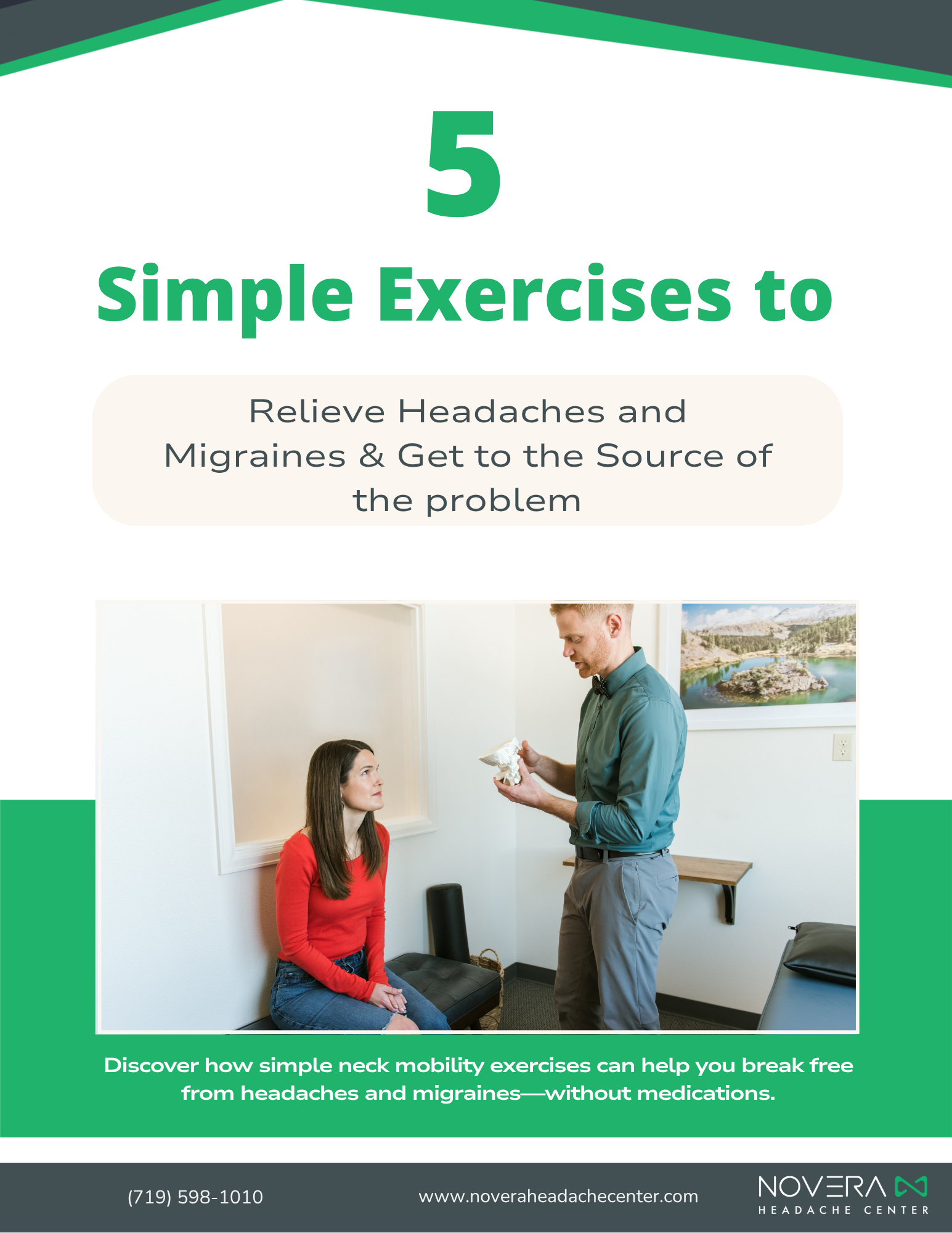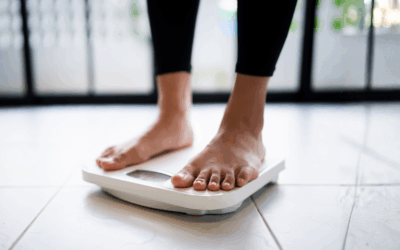Headaches can show up in many ways, and two of the most common types are migraines and tension headaches. While they can feel very different, there’s one big factor that often connects them both—dysfunction in the neck.
Understanding the Difference
Migraines are typically more intense and debilitating. They often affect one side of the head, bring pounding or throbbing pain, and may be accompanied by light and sound sensitivity, nausea, or visual disturbances. Tension headaches, on the other hand, tend to feel like a constant band or strap across the forehead. The pain is usually milder but can last longer and build throughout the day.
It’s not unusual for the same person to experience both types at different times. For example, someone might start with occasional, intense migraines, but over time develop a more constant tension headache as neck tension increases.
Why Your Neck Matters
In many cases, these headaches stem from irritation or dysfunction in the neck, jaw, and shoulders. For migraines, the problem often involves a specific segment in the upper neck. When these joints are inflamed or restricted, they can send powerful pain signals that the brain interprets as head pain.
Tension headaches usually involve more widespread muscle tightness in the neck and shoulders. Muscles like the scalenes, upper trapezius, and levator scapula may be overworked and constantly tense, leading to that diffuse, pressure-like pain across the forehead.
Treatment That Goes Beyond Medication
The standard healthcare model tends to classify headaches into categories mainly to determine medication options. But this approach often overlooks the mechanical source of the pain—the neck. At Novera: Headache Center, we focus on restoring mobility, reducing tension, and improving function in the neck and shoulders to address the root cause.
For many people, improving neck mobility and stability can reduce both migraine intensity and tension headache frequency. While medication can provide temporary relief, a targeted physical therapy approach often leads to long-term improvement. Some patients even find it helpful to use visual reminders, like a print poster with posture tips or daily stretches, to stay consistent with their recovery plan.
Takeaway
If you’ve been struggling with either migraines or tension headaches—especially if you’ve noticed a connection with neck discomfort—it may be time to explore a treatment plan focused on mobility and function rather than just symptom suppression. Both conditions can often be improved by addressing the same underlying issue: a neck that isn’t moving or functioning the way it should.
We’d love to help you here at Novera: Headache Center. Getting to the root of your pain and providing you with long-term relief is our heartbeat. Schedule a Free Discovery Visit (virtually or in person) to talk with one of our doctors and get back to life, free from the fear of your next headache or migraine.




